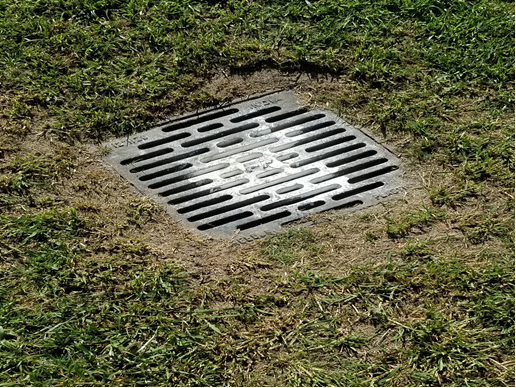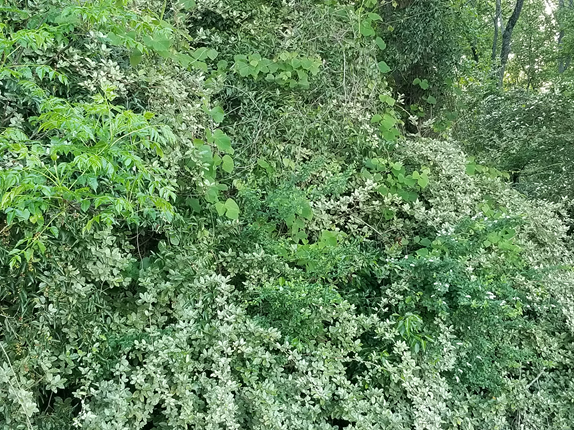Erosion and Sediment Control Tip #55

I know this is a post-construction stormwater picture of paint being emptied into a storm sewer, but I have seen chemicals like paint emptied into construction stormwater conveyance systems that run straight to our streams. Nothing but clean runoff water (either construction or post-construction) should enter the waters of the state from our developed sites. ______________________________________________________________________ The Alabama Stormwater Symposium and Clear Water Alabama event is fast approaching, September 20-21, 2023, at the Marriott Shoals Convention Center. Early Bird Rates end August 25 th !! Visit our website for meeting information and registration: https://alabamasoilandwater.gov/alesc/ Select “Events and Training”, “Clear Water Alabama”, and “2023” Perry L Oakes, PE Erosion and Sediment Control Program Coordinator AL Soil and Water Conservation Committee

